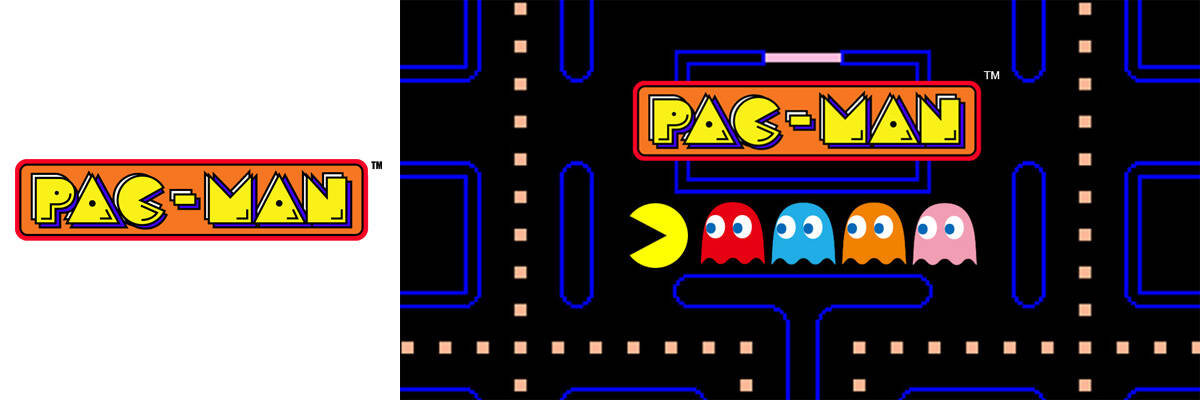Pac-Man turns 45: the legacy of the classic arcade game of mazes and ghosts

This May 22nd marks 45 years since the release of 'Pac-Man,' the Japanese video game created by Toru Iwatani in 1980, which, with its accessible and user-friendly gameplay, redefined the rules of digital entertainment.
His proposal —focused on collecting points within a maze while avoiding ghosts with distinct behaviors— captured the attention of diverse audiences and laid fundamental foundations for the industry's subsequent development.
This May 22nd marks 45 years since the release of 'Pac-Man,' the Japanese video game created by Toru Iwatani in 1980, which, with its accessible and user-friendly gameplay, redefined the rules of digital entertainment.
A revolution in video game logic Unlike other contemporary games focused on combat action or direct competition, Pac-Man opted for a non-violent and visually appealing experience, making it accessible to players of all ages.
According to Carlos Ramonda, dean of Applied Sciences at Siglo 21 University , the title was a pioneer in “user-centered design,” placing the gaming experience as a fundamental axis.

There are several versions of the popular game available on Android. Photo: Courtesy of Pac-Man
The impact of this perspective is still palpable. Hernán López, president of the Argentine Video Game Developers Association (ADVA) and CEO of the independent studio Epic Llama, highlights that Pac-Man offered a "more universal approach to gaming" and innovated in the use of artificial intelligence by assigning unique patterns to each ghost , something that remains common in today's enemy design.
Traces visible in current games Although at first glance, Pac-Man may seem like a piece of history, its legacy lives on. For López, "the evolutionary distance between 'Pac-Man' and today's games is like that of a velociraptor and a chicken," referring to its role as the mechanical ancestor of many modern games.
He mentions games like 'Vampire Survivors', with similar collection dynamics and cyclical progression, and adds that the influence of the labyrinthine structure, the appearance of enemies with specific behaviors, and the importance of power-ups still persist today.
Ramonda, for his part, identifies titles such as "Among Us," "Tunic," "Loop Hero," and "Crossy Road" as conceptual heirs to Pac-Man. These proposals embrace spatial tension, environmental exploration, and constant risk as key design elements, emphasizing that a game's effectiveness doesn't necessarily depend on its visual display, but rather on its internal logic.

This game revolutionized the industry. Photo: Courtesy of Pac-Man
The simplicity of 'Pac-Man,' a trait that made it one of the first titles designed for casual gamers, anticipated current phenomena like hyper-casual gaming and the rise of mobile titles. "The accessibility and immediate gratification we look for in apps and social media today were also part of Pac-Man's DNA," Ramonda says.
López agrees: “It was designed to be understood by anyone without complex instructions. That design logic still applies to much of modern gaming.”
Beyond the pixel In its original version, the game was dubbed "Puck-Man," a reference to the ice hockey puck, although the name was changed when it was internationalized to avoid offensive interpretations. But beyond the title, the essence of "Pac-Man" continues to inspire developers, especially in contexts where resources are limited.
“Pac-Man proves that a clear, well-executed idea can transcend any technological limitation,” says López. In a market that oscillates between photorealism and narrative innovation, the arcade classic continues to be an example of balance between playability, design, and accessibility.
The Nation (Argentina) / GDA.
More news in EL TIEMPO *This content was rewritten with the assistance of artificial intelligence, based on information from La Nación (GDA), and reviewed by the journalist and an editor.
eltiempo





